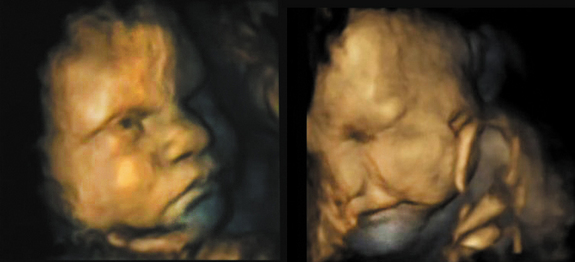Psychology Today // Published on October 5, 2011 by Christopher Badcock, Ph.D. in The Imprinted Brain
In the previous post, I drew attention to two findings for which there is a rising tide of evidence. One is that, although identical twins may inherit identical genes, those genes may be differently expressed in each. The other is the growing realization that mental illnesses like autism or schizophrenia may be caused by such differences in gene expression: by epigenetics rather than simply genetics, so to speak.
Now
a new study by a team at the Institute of Psychiatry at King's College, London, has added considerable weight to both propositions by studying 22 sets of identical twins among whom only one of the pair suffered from schizophrenia or bipolar disorder. This was the first genome-wide analysis of epigenetic differences between identical twins discordant for a major psychosis and, as such, strikingly endorses the principal contention of the imprinted brain theory: namely, that such disorders are the result of variations in gene expression, and not simply a question of inheritance.
The study found numerous disease-related differences in gene expression by factors up to 20%, many of them located close to genes previously implicated in psychosis. The top-ranking site was found in the promoter region of a key sialic-acid metabolizing enzyme gene on chromosome 17 (ST6GALNAC1). A rare case of schizophrenia associated with duplication of this part of the same chromosome suggests that over-expression of this gene may be critical for psychosis risk, and members of the same family of enzymes have been associated with schizophrenia and found to play a key role in the development of the forebrain in animal studies. Finally, the fact that the forebrain--and the pre-frontal cortex in particular--have been found to be critical to psychotic cognition suggests a direct mechanism for the role of this gene in schizophrenia, as the authors point out.
The authors also note that some of the genomic regions they discovered showed opposite changes in expression between schizophrenia and bipolar disorder. In other words, some genes whose expression was increased in one disorder were also found to show decreased expression in the other.
This is exactly what the imprinted brain theory predicts for genes implicated in autistic as opposed to psychotic disorders, but at first sight seemingly not within the psychotic spectrum. According to the imprinted brain theory, psychotic and autistic spectrum disorders are opposites caused by conflicting patterns of gene expression. Psychotic spectrum disorders exhibit hyper-mentalism, and autistic ones hypo-mentalism, with enhanced maternal and/or X chromosome gene expression driving the former and enhanced paternal and/or reduced X chromosome gene expression driving the latter. If this is so, how can genes implicated in bipolar disorder or schizophrenia show opposite patterns of expression between themselves? Surely, this is a finding which suggests that the diametric model of mental illness is just too simple--at least where its links to diametrically opposed gene expression are concerned.
Not necessarily. There are three good reasons why, rather than contradicting the diametric model, this finding may in fact corroborate it. The first is the fact that the theory proposes that the diagnosed outcome is a result of an overall imbalance in the expression of genes in the direction predicted. It does not claim that every single gene obeys the antithetic principle. It's a bit like politics. In the government of the genes not every deciding vote will have members of all parties voting consistently. Cross-party voting may occur, but what matters is who gets the majority, and the same goes for the imprinted brain theory: it's the overall outcome that matters.
The second consideration is that from the beginning it has been clear to me at least that within the psychoses there may be a further fundamental dichotomy. This would be between intra-psychic and extra-psychic cognition. As I point out in my book, you can see evidence of hyper-mentalism in both schizophrenia and bipolar disorder if you notice that in the latter case the hyper-active mind-reading is applied to the sufferer's own mind and not--as paradigmatically is the case in paranoia--to the minds of others. The extreme swings in mood symptomatic of bipolar disorder could be seen as pathologically exaggerated equivalents of more normal, but far less extreme mood swings which we all experience when, for example, we say "we feel like X" or "are not in the mood for Y." This is normal intra-psychic mind-reading: interrogating your own mentality about what you wish to do or not to do. In bipolar disorder the same process may become magnified into manic exultation or pathological depression in much the same way that normal reading of other people's minds gets amplified into erotomania or delusions of persecution in paranoia, as I explain at length in
The Imprinted Brain.
A third and final consideration lies in the possibility that, as the authors point out, some of the epigenetic changes they measured may have been the result of medication. Anti-psychotic drugs can sometimes mimic the effect of oppositely-acting imprinted genes, and could conceivably activate genes in opposite ways, perhaps explaining the finding.
But however that may be, this landmark study confirms a rapidly emerging consensus among researchers in epigenetics that they can account, both for differences between identical twins, and for their discordant psychiatric illnesses.
Source:
http://www.psychologytoday.com/blog/the-imprinted-brain/201110/identical-different












